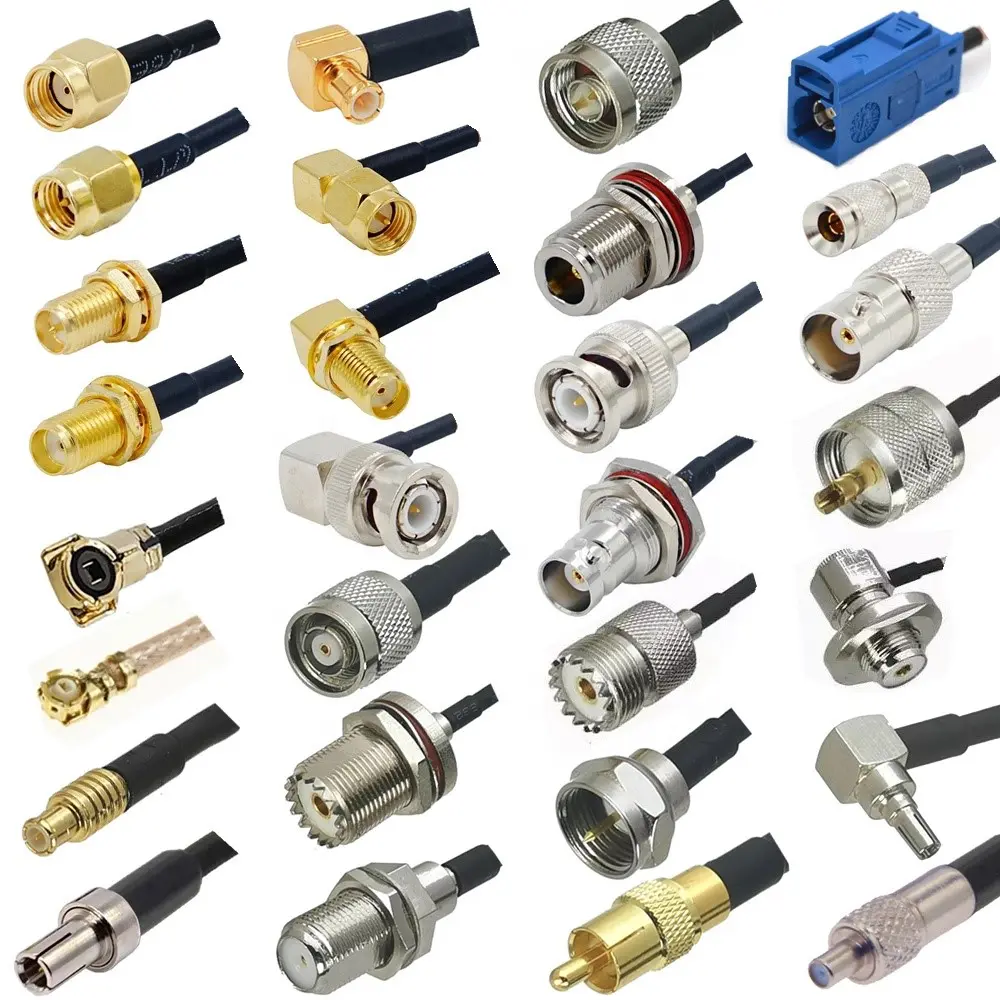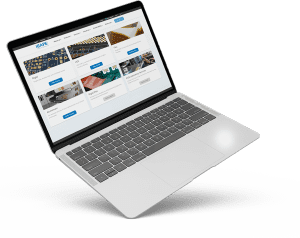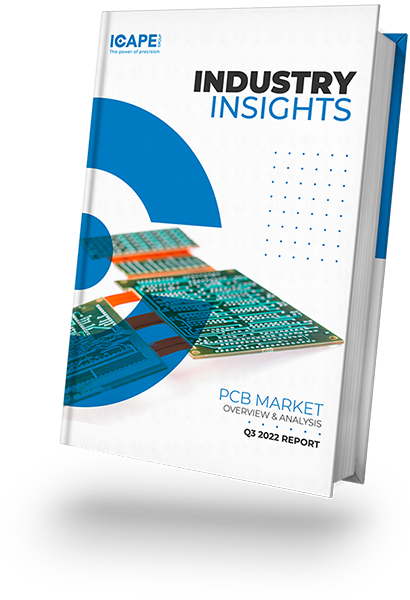In the fast-paced world of electronics, connectors play a crucial role in establishing seamless connections between various components and devices. With a plethora of connector types available, it’s important to understand their distinct features and applications. This comprehensive guide will explore the different types of electronic connectors, delving into their key characteristics and use cases. For further information regarding ICAPE group’s capabilities, please visit this page
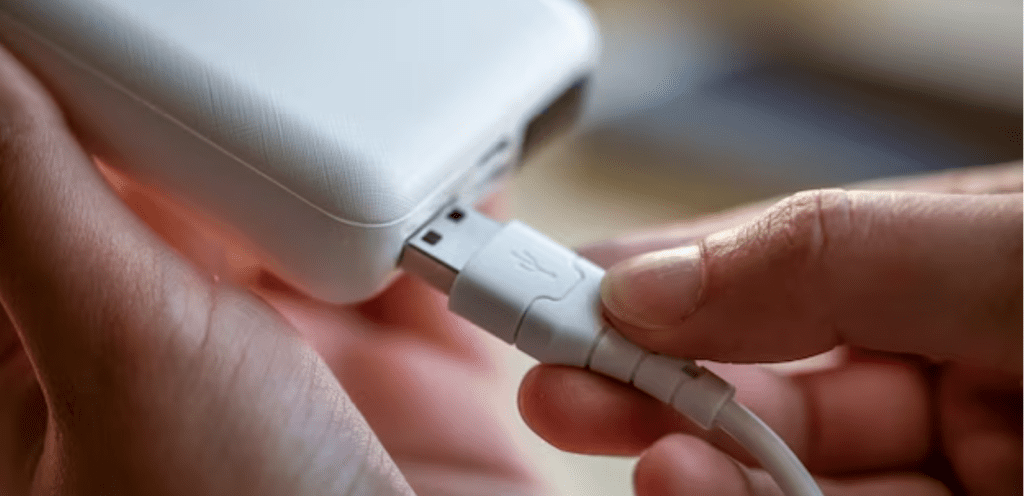
USB Connectors: Versatile and Ubiquitous
USB connectors have revolutionized the way we connect and interact with electronic devices. With their standardized design and wide compatibility, USB connectors have become the go-to choice for many applications. Including USB 2.0 and USB 3.0, USB 2.0 offers a transfer rate of about 480 Mbps, whereas USB 3.0 offers a transfer rate of about 4,800 Mbps which is equal to about 5 GB.
Here are some popular USB connector types:
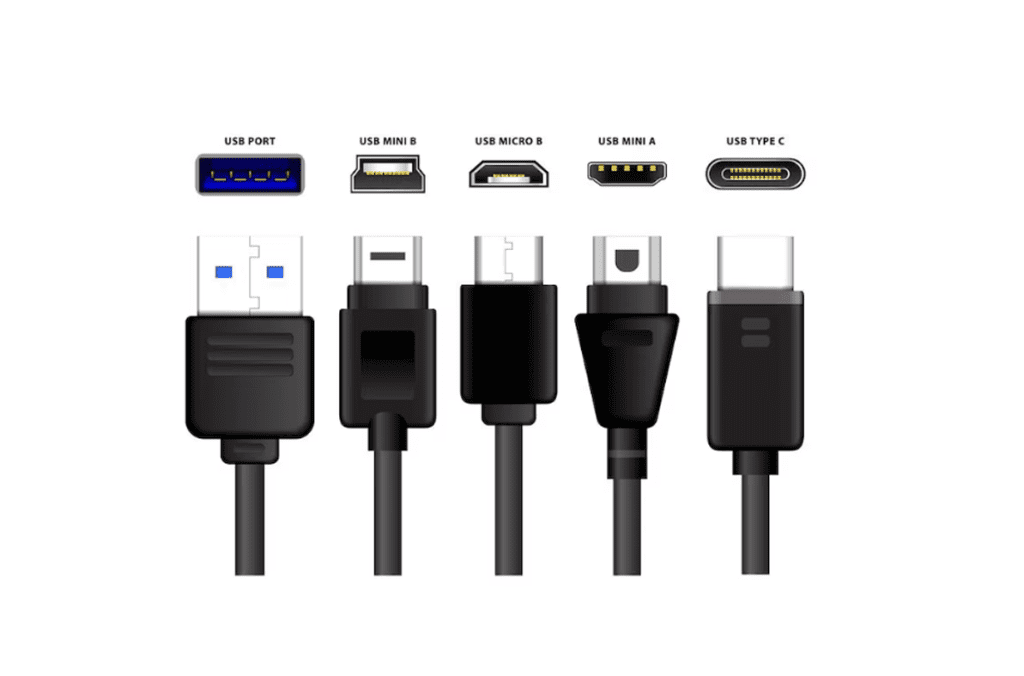
USB Type-A
USB Type-A connectors are recognized by their rectangular shape and are commonly found on computers, laptops, and chargers. They provide a reliable interface for data transfer and charging.
USB Type-B
USB Type-B connectors typically feature a square shape with beveled corners. These connectors are commonly used to establish connections between devices like printers, scanners, and external hard drives.
Mini USB
Mini USB is a small size at around 3 x 7 mm, the mini USB was used for a variety of devices including mp3 players, digital cameras, and mobile phones.
Micro USB
Micro USB is also smaller at around 6.85 x 1.8 mm and is shaped differently with a rounded top and a flat bottom. They are commonly used in smartphones, digital cameras, and other portable devices.
USB Type-C
USB Type-C connectors have gained immense popularity due to their versatility and reversible design.
That means there is no “wrong way” to plug it in
the newest USB connector is intended to replace the other existing USB form factors and provide a future-proof, fully-featured option for hardware designers to standardize on.
They offer fast data transfer speeds, power delivery, and the ability to connect multiple devices simultaneously. USB Type-C is now commonly found in smartphones, tablets, and laptops.
Breaking down USB-C data transfer rates
- 1: USB 5 Gbps: The specification name is USB 3.2 Gen 1, which used to be called USB 3.0
- 2: USB 10 Gbps: The specification name is USB 3.2 Gen 2 and it used to be called USB 3.1. It offers a transfer rate of 10 Gbps over the existing USB-A and USB-C connectors.
- 3: USB 20 Gbps: The specification is USB 3.2 Gen 2×2 and is available only for USB Type-C connectors using two-lane operation. It offers 20 Gbps transfer speeds.
- 4: USB 40 Gbps: The specification name is USB4 ,It leverages the Thunderbolt 3 protocol and offers transfer speeds of 40 Gbps. (Note that the correct specification name is USB4 as defined by the USB developers. It is sometimes identified as USB 4 with a space.)
- 5: USB 80 Gbps: The specification name is USB4 Version 2.0 ,This updated specification extends USB4 speed and data protocol performance, enabling manufacturers to develop products that can deliver up to 80 Gbps transfer speeds.
- The USB-C charging port has been mandated in the EU starting in 2024.
HDMI Connectors: Delivering High-Quality Audio and Video
High-Definition Multimedia Interface (HDMI) connectors have transformed the way we experience audio and video content. With their ability to transmit high-quality signals, HDMI connectors are widely used in the entertainment and multimedia industries.
There are different resolution such as :
1080p 4K @ 30 Hz/ 4K @ 60 Hz/ 4K @ 120 Hz/8K @ 60 Hz
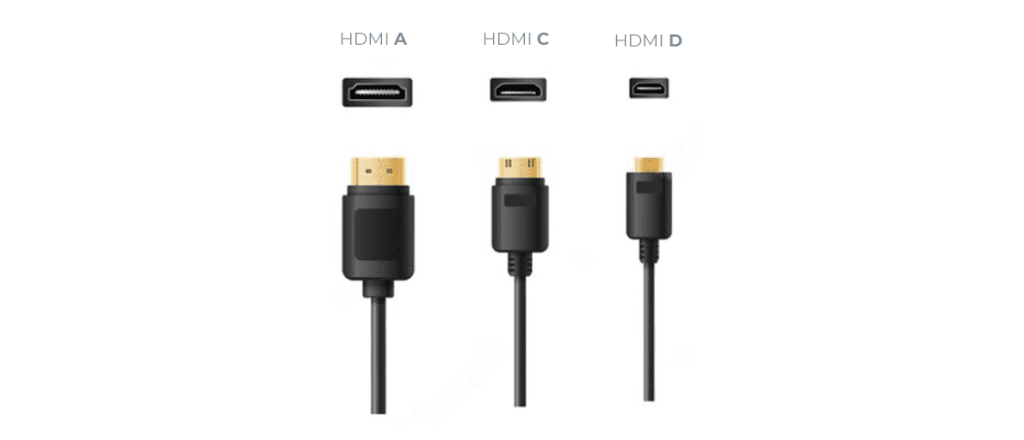
HDMI Type-A
HDMI Type-A connectors, featuring 19 pins, are the standard connectors found in most home theater systems, TVs, and gaming consoles. They support high-resolution video and multi-channel audio.
HDMI Type-B
HDMI Type-B connectors, less common than Type-A, have 29 pins and support higher resolutions and refresh rates. These connectors are used in specialized professional audiovisual applications.
HDMI Type-C (Mini HDMI)
HDMI Type-C connectors, also known as mini HDMI connectors, are smaller in size compared to Type-A connectors. They are commonly found in portable devices such as digital cameras and camcorders.
HDMI Type-D (Micro HDMI)
HDMI Type-D or micro HDMI connectors are even smaller than Type-C connectors. They are predominantly used in smartphones, tablets, and other compact devices.
RJ45 Connectors: Enabling Fast and Reliable Networking
RJ45 connectors, also known as Ethernet connectors, are fundamental in establishing network connections for data transmission. They are widely used in homes, offices, and data centers. RJ45 connectors follow Ethernet standards and are essential for reliable networking. Let’s understand more about them:
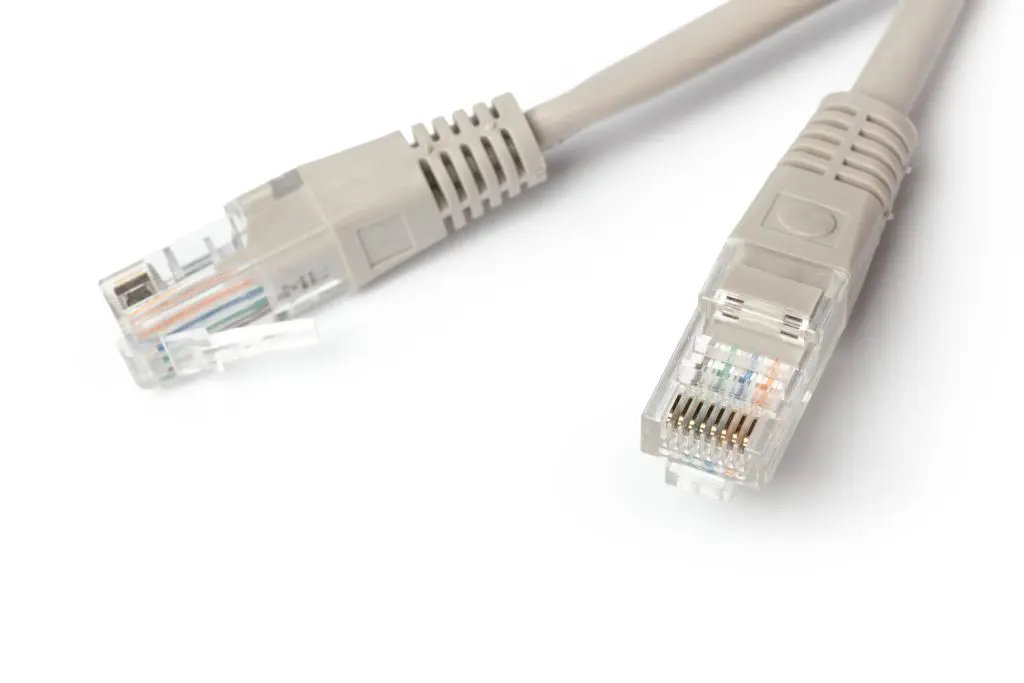
D-Sub Connectors: Analog and Digital Signal Transmission
D-Sub connectors, or D-subminiature connectors, are popular for their versatility in transmitting both analog and digital signals. They feature a D-shaped metal shield for enhanced protection against electromagnetic interference. Here’s an overview of D-Sub connectors:
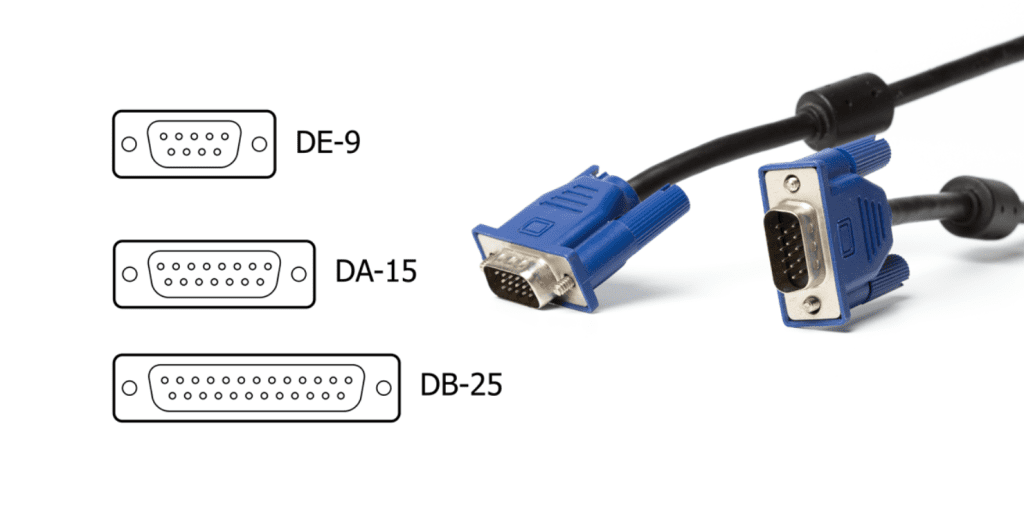
DB9 Connectors
DB9 connectors are commonly used for serial communication interfaces, such as RS-232. They have nine pins and are often found in computer peripherals, industrial equipment, and laboratory instruments.
DB15 and DB25 Connectors
DB15 and DB25 connectors have 15 and 25 pins, respectively. They are widely used in applications requiring higher pin counts, including video displays, gaming devices, and industrial control systems.
HDB 15P (VGA connector)
High Density connectors used to connect the peripheral devices for transferring video signals as an output, VGA connector provides color display screens with 640 x 480 resolution.
HDB 15P (VGA connector)
High Density connectors used to connect the peripheral devices for transferring video signals as an output, VGA connector provides color display screens with 640 x 480 resolution.
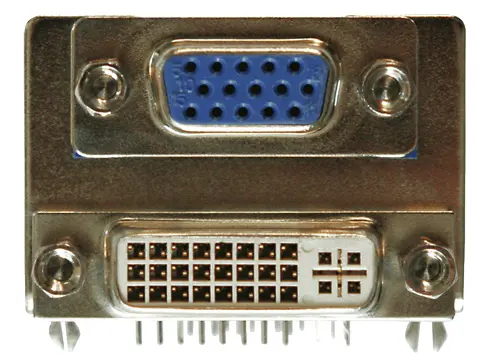
DVI connector
DVI stands for Digital Visual Interface and offers a distinctly sharper, better picture than VGA. It’s a unique connector because it can carry both digital and analog signals. DVI can also easily convert to other standards like HDMI and VGA.
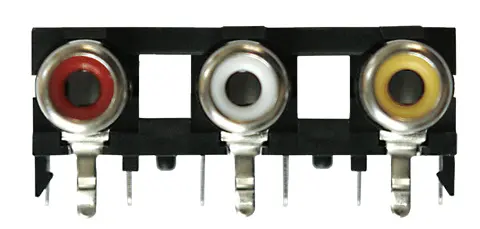
RCA connector
The RCA connector is a type of electrical connector commonly used to carry audio and video signals. The name RCA derives from the company Radio Corporation of America, which introduced the design in the 1930s. The connectors male plug and female jack are called RCA plug and RCA jack.
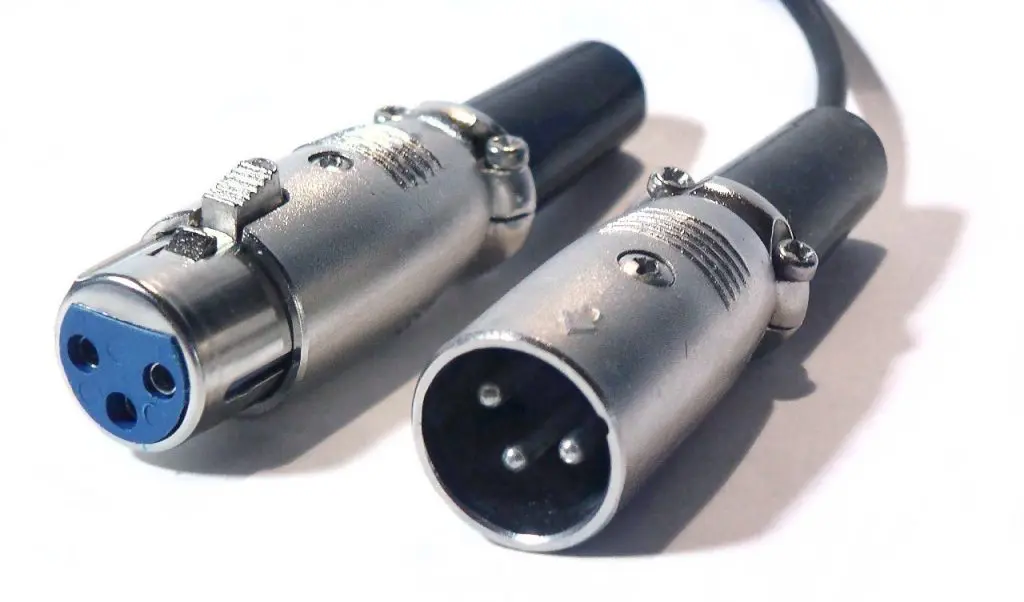
XLR Connectors: Professional Audio Connections
XLR connectors are specifically designed for professional audio applications, ensuring high-quality, balanced audio connections. They are widely used in the music industry, live performances, recording studios, and audiovisual production setups. XLR connectors facilitate the transmission of balanced audio signals, minimizing noise and interference. They typically consist of three pins, allowing for reliable and high-fidelity audio connections.
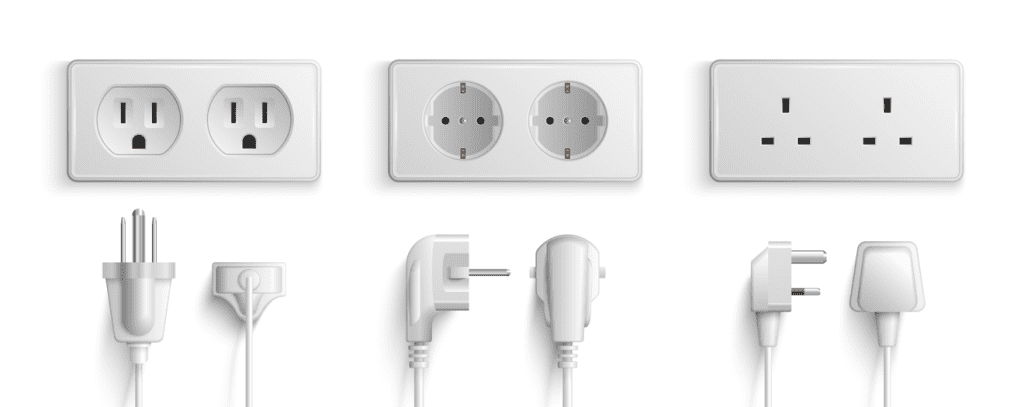
AC(Alternating Current) power connector
AC Power connectors allow electronic devices to connect to available power outlets. Power cables can carry either Alternating Current (AC) or Direct Current (DC). An example of AC power would be power that is provided by a standard wall outlet in a home or office.
Usually requires mandatory safety certification.
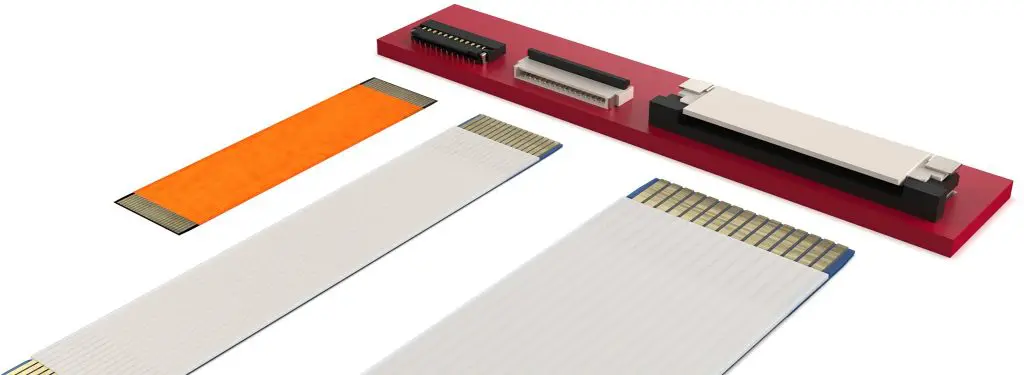
FFC (Flexible Flat Cable) Connectors: Space-Saving and Flexible Connections
FFC connectors, also known as flat flex connectors or ribbon connectors, are used to establish connections with FFC cables. These connectors provide space-saving solutions and flexibility in electronic devices with limited space. FFC connectors feature a low-profile, compact design that minimizes space requirements. They are commonly used in devices such as laptops, cameras, printers, and flat-panel displays. Some FFC connectors utilize ZIF technology, which allows for easy insertion and removal of the FFC cable without the need for any additional force. This feature simplifies assembly and maintenance processes.
Modular Jacks and Plugs/Ethernet Connectivity
RJ type connectors provide a standardized interface for Ethernet connectivity, ensuring efficient data transfer between devices. They are extensively used in routers, switches, modems, and computers.
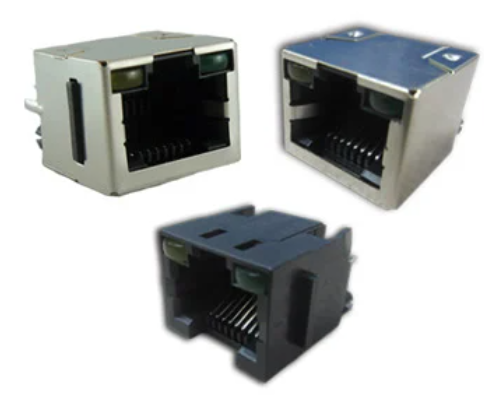
Board-to-Board Connectors
Board-to-board (BTB) connectors are used to connect printed circuit boards (PCB), electronic components that contain a conductive pattern printed on the surface of the insulating base in an accurate and repeatable manner. Each terminal on a BTB connector is connected to a PCB
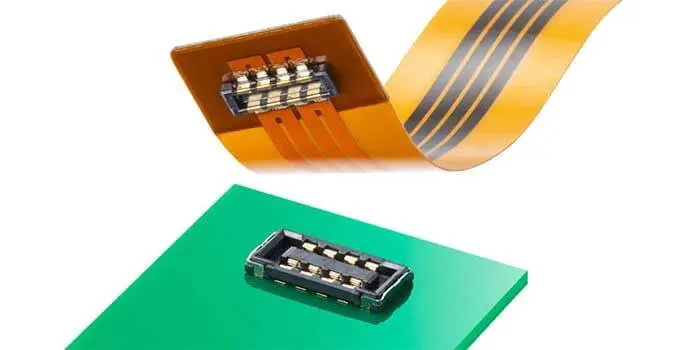
RF Coaxial Connectors
RF coaxial cable connectors transmit analog signals while minimizing RF (radio frequency) signal losses. These devices are designed to work at the multi-megahertz range of radio frequency
